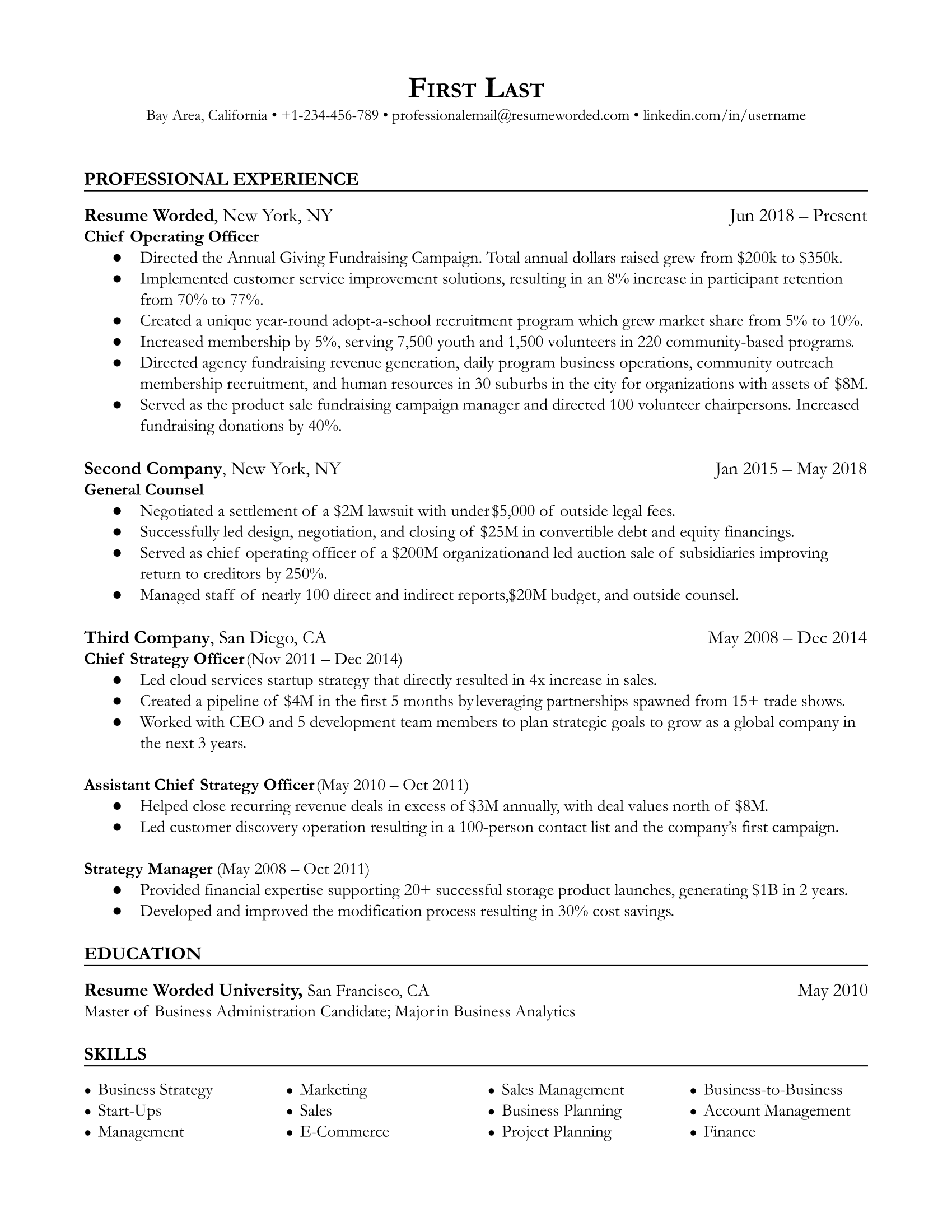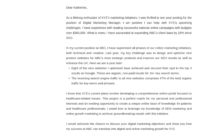Navigating the executive job market requires a distinct approach, far removed from the standard job application process. At the C-level, your career trajectory isn’t just about what you’ve done, but more profoundly, about the strategic impact you’ve made, the transformations you’ve led, and the future you’re poised to shape. A run-of-the-mill CV simply won’t suffice; it needs to be a powerful, concise narrative of your leadership prowess and visionary capabilities.
This is precisely where understanding the nuances of an effective executive resume comes into play. You’re not just applying for a job; you’re positioning yourself as a strategic asset, a leader who can drive significant organizational value. Therefore, your professional document must be meticulously crafted to reflect this high-level perspective, compellingly showcasing your unique blend of skills, experience, and leadership philosophy.
Crafting Your Executive Narrative: Beyond Bullet Points
For C-level professionals, a CV transcends a mere chronological listing of past roles. It transforms into a strategic marketing document, a compelling narrative of your leadership journey and the quantifiable impact you’ve delivered throughout your career. Instead of simply stating responsibilities, your focus must shift to demonstrating achievements, illustrating how your strategic decisions directly contributed to revenue growth, cost reduction, market expansion, or significant operational improvements. Every statement should echo leadership, vision, and a clear return on investment.
Think of your CV as a business case for hiring you. Recruiters and hiring committees at this level are looking for evidence of problem-solving at a grand scale, the ability to navigate complex challenges, and a track record of inspiring teams to exceed objectives. This means moving beyond generic descriptions and diving deep into the specifics of your contributions, using data and metrics wherever possible to underscore the magnitude of your accomplishments. A strong executive summary, often the first thing a reader sees, should act as a powerful elevator pitch, encapsulating your unique value proposition.
The narrative should flow seamlessly, painting a picture of a consistent leader who has progressively taken on greater challenges and delivered exceptional results. It’s not just about what you did, but how you did it and, crucially, the tangible outcomes that followed. This strategic storytelling is what differentiates a good CV from an outstanding one, particularly when aiming for top-tier executive positions.

Furthermore, consider incorporating sections that highlight your broader influence and contributions beyond day-to-day operations. This might include board memberships, advisory roles, or significant industry contributions. These elements further solidify your position as a thought leader and a connected professional within your field, adding another layer of depth to your executive profile.
Key Sections to Prioritize in Your Executive CV
Designing for Readability and Impact: The Visual Edge
While content is king, the presentation of your C-level CV is equally paramount. At the executive level, your document must convey professionalism, sophistication, and attention to detail before a single word is even read. A clean, uncluttered design signals clarity of thought and meticulousness, qualities highly valued in leadership roles. Avoid busy layouts, overly decorative fonts, or excessive use of graphics that might detract from the substance of your message.
The layout should be intuitive, guiding the reader effortlessly through your career highlights. Strategic use of white space is crucial; it prevents the document from looking cramped and makes it more inviting to read, especially for busy executives who often skim documents. Consistent formatting for headings, subheadings, and bullet points (if used) ensures a polished and coherent appearance, reinforcing your professionalism.
Font choice plays a subtle yet significant role. Opt for professional, legible fonts that are easy on the eye. While personal preference plays a part, generally, a balance between a classic serif font for main body text (like Georgia or Times New Roman) and a clean sans-serif for headings (like Arial or Calibri) can offer both tradition and modern readability. The goal is clarity and a sophisticated aesthetic that supports your executive brand.
Remember that while a standard cv template for c level executive provides a solid foundation, tailoring it for each specific opportunity remains critical. This means not just tweaking the content to align with the job description but also ensuring the visual presentation aligns with the culture of the target organization. A finance executive applying to a traditional banking institution might choose a slightly different aesthetic than a tech leader applying to a cutting-edge startup, though both will prioritize clarity and professionalism.
Ultimately, your CV is a reflection of your personal brand and professional acumen. It’s the first impression you make, and at the C-level, that impression needs to be impeccable. A well-designed, easy-to-read document speaks volumes about your ability to present complex information clearly and strategically, an essential skill for any top executive.
Creating a compelling C-level CV is an art form, a strategic exercise in personal branding and professional communication. It’s about distilling years of high-level experience into a concise, impactful document that powerfully articulates your value, showcases your unique leadership style, and persuades the reader that you are the ideal candidate to drive their organization forward. Every word, every section, and every design choice must contribute to this overarching goal of demonstrating unparalleled executive prowess.
Investing the time and effort into crafting such a superior document is not merely a formality but a critical strategic step in your executive job search. It serves as your primary advocate, opening doors to conversations and opportunities that align with your career aspirations and leadership capabilities. Treat it as the cornerstone of your personal marketing strategy, ensuring it stands out in a competitive landscape.
